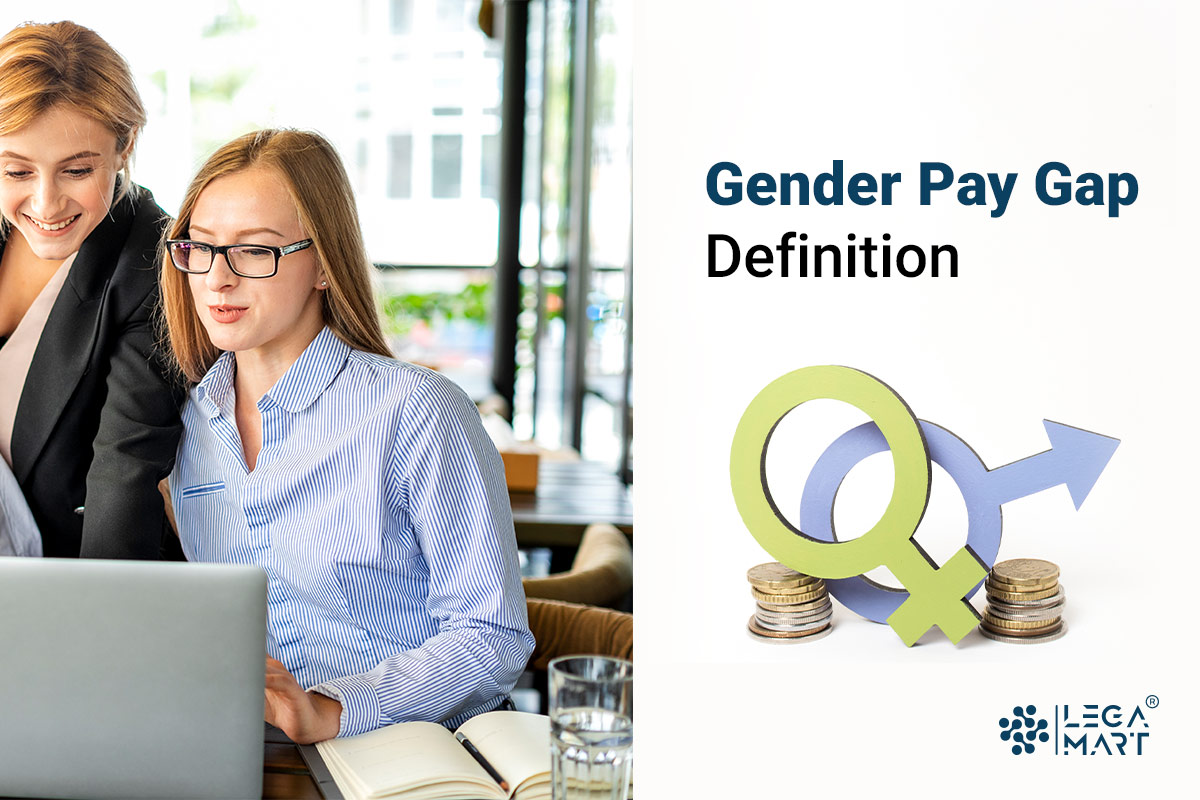Gender Pay Gap Definition
Women’s labor force involvement has increased dramatically since the second half of the twentieth century. Women are working longer hours and enrolling in education in greater numbers than men. Despite this development, a major gender pay gap between men and women still exists.
Women earn barely 77 cents for every dollar earned by males in the world. As a result, men and women have a lifetime salary disparity, and more women are retiring into poverty. There is a continuing disparity in average pay between women and men in all countries and across all industries because women’s labor is devalued and because they are more likely to work in professions that are specialized than those of men.
The task is regarded less and paid for, even if it demands the same amount of effort and skill. For mothers, immigrants, and women of color, the gap worsens. The so-called “motherhood penalty” pushes women into the informal sector, part-time labor, and casual work and is more prevalent in developing countries than in developed countries.
Here are some weirdly surprising but true facts about the gender pay gap from all around the world:
Global Situation of Gender Pay Gap
According to the World Economic Forum (WEF), women are paid 63 percent less than men around the world.
The Positive and the Negative Points
You will find no country in the world that pays all its workers equally. Laos, in Southeast Asia, is the country closest to reaching gender equality, with women gaining up to 91% of what men do. Italy, Poland, Luxembourg, Belgium, Slovenia, and Romania have the smallest gender pay difference in Europe, whereas Germany, the Czech Republic, the United Kingdom, Austria, and Estonia have the worst.
Equal Payment Gap in Other Aspects as Well
The gender pay gap is considerably more pronounced when we include workers’ whole compensation packages. Most women do not receive health insurance from their company, have access to retirement savings schemes, or have paid leave. Consequently, they have to take unpaid leave. These broader compensation indicators demonstrate that the pay gap is about more than just variations in earnings or salaries.
Motherhood is Linked to a Salary Penalty

The median age of first birth grew from 22.6 to 26.7 between 1980 and 2013, which may explain why the income gap has shrunk faster among younger women. Parenting has a link to a salary penalty and poorer wage gains later in a woman’s career. Therefore, postponing childbirth has helped to close the wage gap. According to studies, delaying childbirth for a year can boost a woman’s total career earnings and experience by 9%.
However, studies suggest that a lack of paid leave is one of the reasons moms with newborns leave the workforce and earn less late in life. As a result, policies that provide paid sick and family leave encourage women to work and, thus, increase their lifetime wages.
Sociologists who investigated the systematic disadvantages and inequalities between moms and women having no kids yet created the term “child penalty” or “motherhood penalty.”
According to the research, women with children earn less than women without children. Furthermore, both men and women began their professions with constant incomes. But, the advent of their first child significantly diverted this tendency. Finally, according to the findings, companies were less willing to recruit new or prospective mothers.
Growth in Gender Pay Gap During the Course of a Worker’s Career
Young people start their careers with more comparable salaries, and the gender difference widens over time. On the one hand, some increase in the pay disparity is due to women’s higher likelihood of taking time from work and working fewer hours. On the other hand, the pay difference persists despite accounting for time out of the workforce and job duration. Women receive fewer salaries and promotions than men, in part because they are less skilled negotiators. Even when women do negotiate, they either receive less payment or undergo punishment for breaking social norms than males.
The Gender Pay Gap Increases as the Age Increases
Although it is less apparent among youngsters than it is in the working population as a whole, the pay gap between men and women still remains. Working women over the age of 16 earn on average 82 cents for every dollar earned by men. Women between the ages of 25 and 34 have a roughly 10% higher rate, at 89 cents to the dollar.
Women Earn Less than Their Male Counterparts

Black and Latina women with merely a bachelor’s degree had the biggest pay disparity, at 65%, when compared to white males with the same education. Similarly, black women with advanced degrees earn 70% of what white men with advanced degrees earn. Having a good education isn’t enough to close the wage difference between men and women. In reality, white males with only a bachelor’s degree earn less than most women with advanced degrees.
Women’s Employment Pushed Backward
Unfortunately, the pandemic halted progress toward bridging the gender wage gap and cutbacks. Moreover, a lack of child care has caused many women to leave the profession entirely. Women of color and those in low-wage jobs have received the greatest hit and in the most disproportionate way.
While the wage gap between men and women may narrow each year marginally as new federal rules and conventions implement, the gender pay gap will not decrease anytime soon without deliberate action. Efforts to reduce the gap must tackle the various factors that contribute to it, as well as the numerous biases that stifle women and their families.
Another article about gender is available via a click:
Gender Diversity on Boards of Directors




